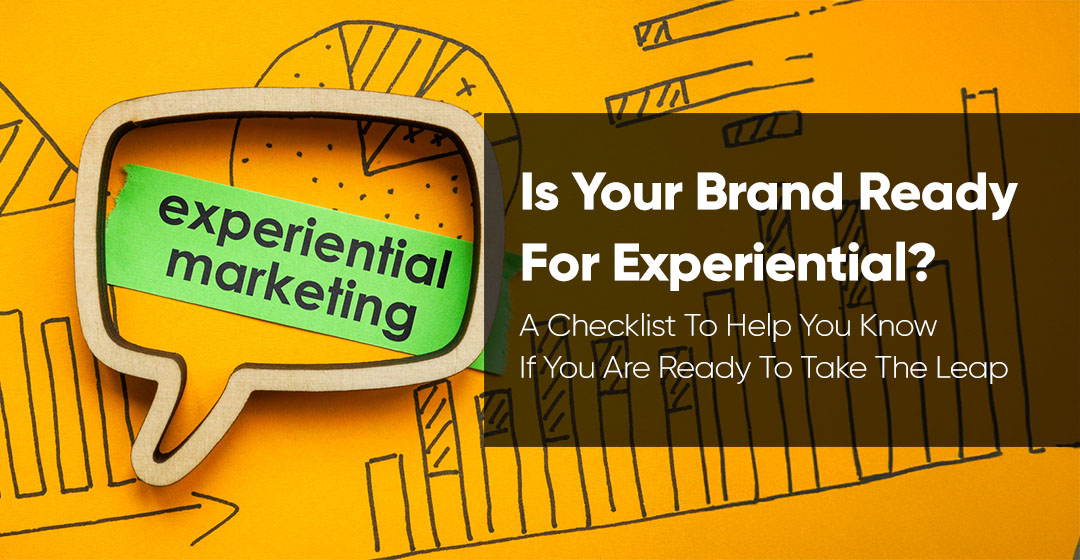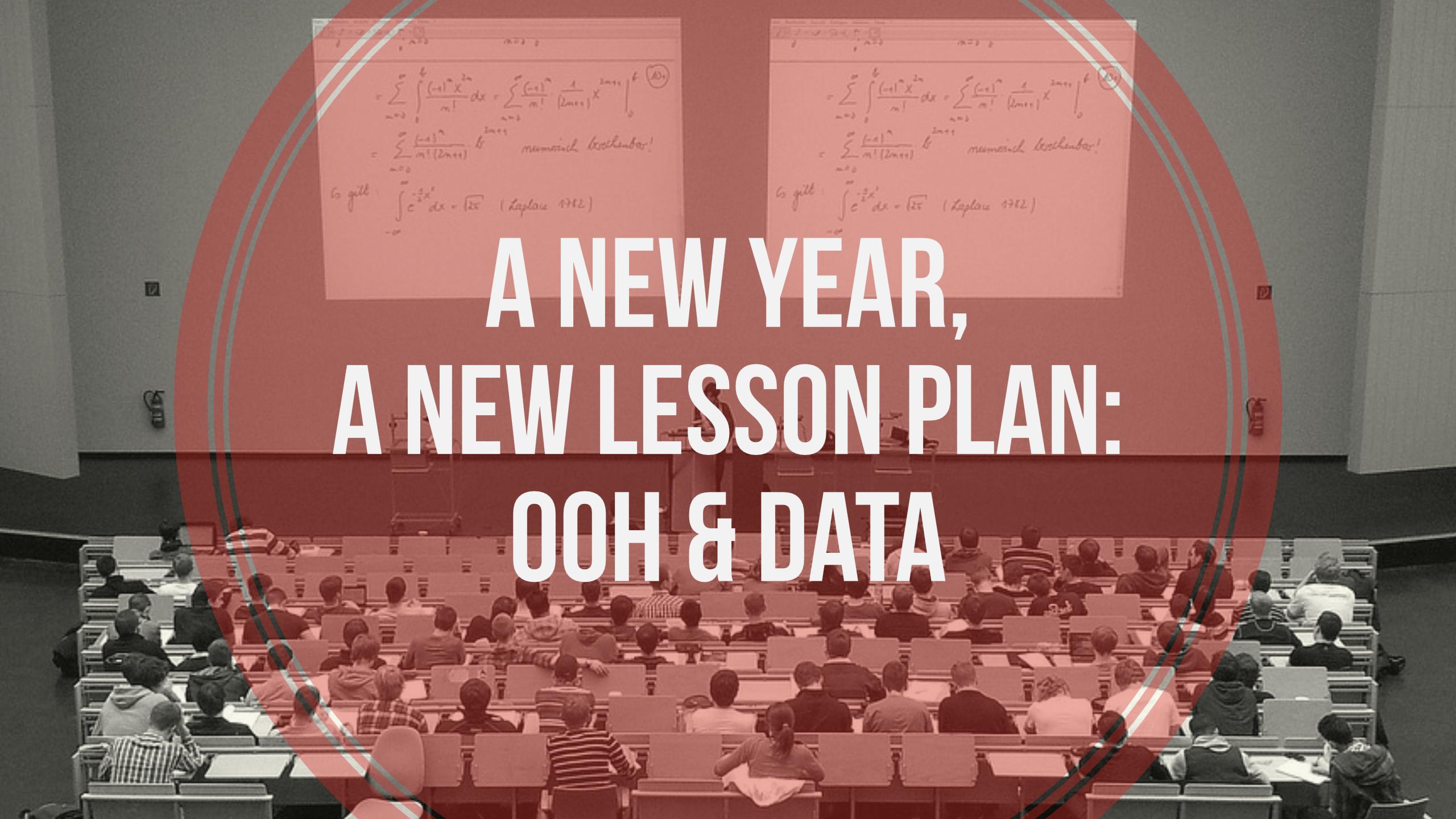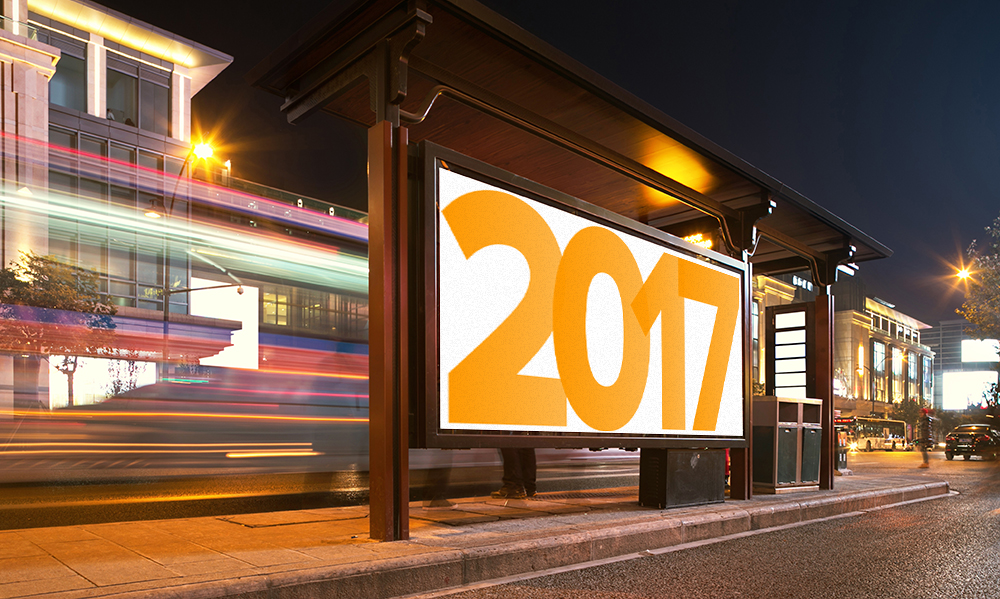Picture this: You’re scrolling your feed when you stumble upon a video of people walking through a giant sneaker, complete with interactive displays, custom music, and the ability to design their own signature shoe on the spot. Meanwhile, your brand’s latest campaign consists of… another digital ad with a discount code. Experiential marketing is a powerful tactic to bring your brand to life.
Maybe it’s time to put on those custom shoes and step up your game. Let’s explore the world of experiential marketing, where brands don’t just tell their story—they invite customers to live it, breathe it, and post the heck out of it. But before you start dreaming of building your own brand wonderland, let’s pump the brakes and ask the million-dollar question: Is your brand ready for this wild ride?
To define things a bit: Experiential marketing is the art of creating immersive, memorable experiences that spark emotional connections between brands and consumers. It’s the difference between telling someone your coffee is energizing versus letting them participate in a pop-up coffee lab where they roast their own beans while learning about your sustainability practices from actual farmers. One creates awareness; the other creates evangelists. 91% of consumers surveyed said that participating in events and experiences makes them more likely to purchase the brand. (EventTrack, 2021)
The impact? Just as real as it is impressive: deeper emotional connections, enhanced brand loyalty, increased engagement rates, and the holy grail of marketing—authentic word-of-mouth promotion. But here’s the thing: experiential marketing isn’t just “regular marketing with more bells and whistles.” It requires a fundamental shift in how you think about your brand, your audience, and your resources.
So, before you start sketching out plans for your brand’s version of Coachella, let’s run through the essential checkpoints that will determine whether you’re ready to make the leap.
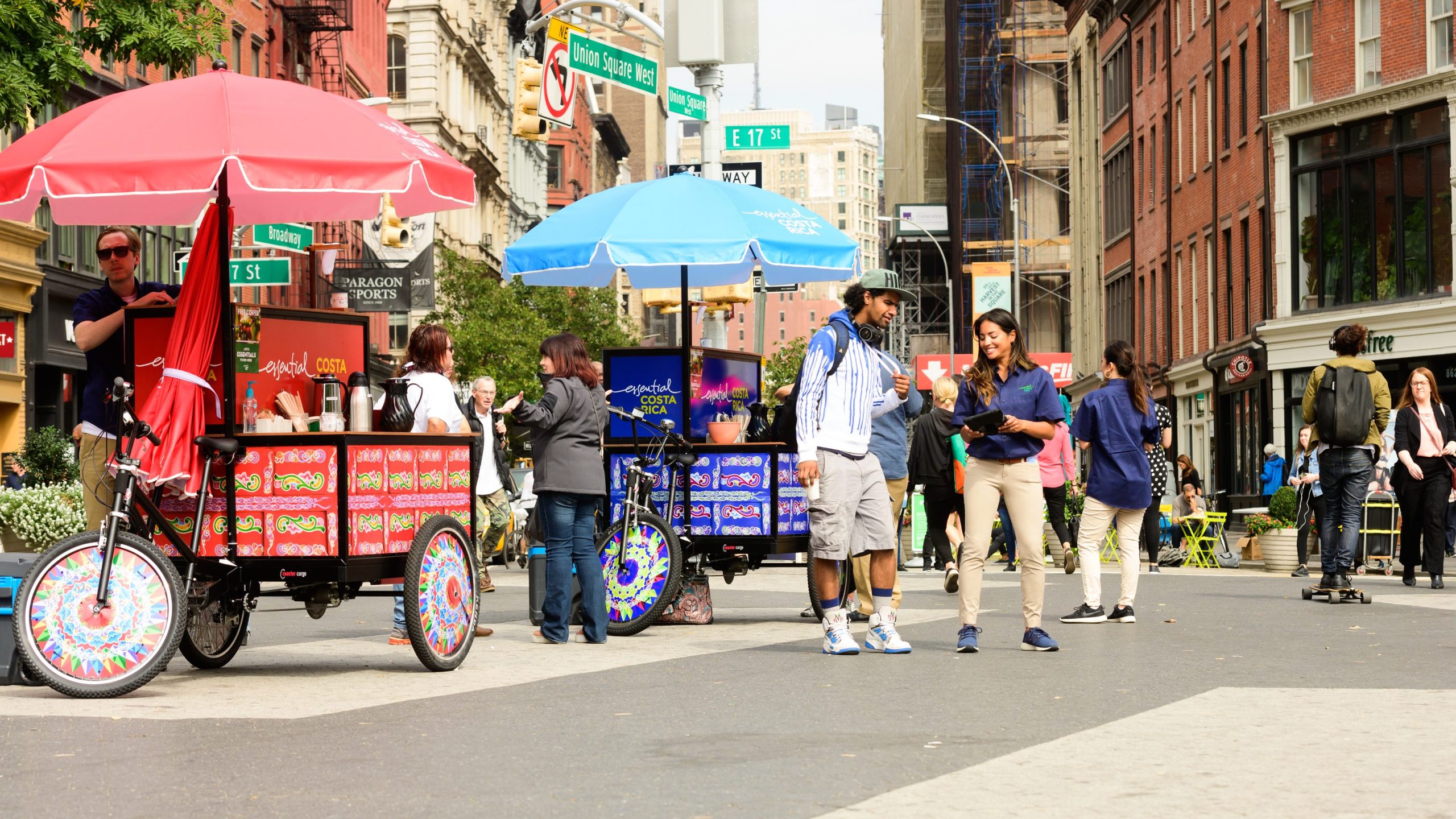
1. Do You Have Clear Objectives For Your Experiential Marketing? (And We Mean Crystal Clear)
Let’s start with the basics—and trust us, this isn’t as obvious as it sounds. Too many brands jump into experiential marketing because it looks cool, not because it serves a strategic purpose. That’s like buying a new sports car when you find out your fourth child is on the way.
Ask yourself questions like: What exactly do I want to achieve? Am I looking to boost brand awareness among a new demographic? Strengthen loyalty with existing customers? Drive immediate sales? Launch a new product with maximum impact? Each objective requires an entirely different approach.
More importantly, your experiential marketing goals need to align perfectly with your overall business strategy. If your company’s primary focus is to expand your B2B markets, hosting a consumer-focused music festival probably isn’t going to move the needle where you need it to.
This is where you need to define your “why”—and we mean really define it. It needs to be more than “because experiential marketing is trendy,” and closer to something like “because our target audience values authentic experiences over traditional advertising tactics, and we need to meet them where they are emotionally, not just physically.”
Once you’ve nailed down your objectives, translate them into measurable KPIs. How many attendees constitute success? What level of social media engagement are you targeting? How will you track the journey from experience participant to paying customer? Without clear metrics, you’re essentially throwing a really expensive party and hoping for the best.
2. Do You Understand Your Target Audience? (Like, ACTUALLY Understand Them)
Here’s where things get interesting—and where many brands fall flat. Understanding your audience for experiential marketing extends far beyond traditional demographics, including age, income, and location. If you want people to actually experience your brand, you need to understand what kinds of experiences will genuinely appeal to them.
This isn’t just about knowing that your target demographic is “millennials aged 25-35 with disposable income.” You need to dig deeper: What do they do for fun? What causes do they care about? How do they prefer to interact with brands? Are they early adopters who love trying new technology, or do they prefer more tactile, hands-on experiences?
Here are some essential questions you should be able to answer about your audience when planning an experiential activation:
Lifestyle & Interests:
- What do they do for entertainment and fun in their free time?
- Where do they typically spend their weekends?
- What hobbies, activities, or communities are they passionate about?
- How do they prefer to socialize—large groups, intimate gatherings, or solo experiences?
Values & Motivations:
- What causes or issues do they care deeply about?
- What motivates their purchasing decisions beyond price and quality?
- How important are sustainability, social responsibility, and ethical practices to them?
- What life goals or aspirations drive their choices?
Brand Interaction Preferences:
- How do they prefer to discover new brands—through friends, social media, online research, or in-person experiences?
- Are they early adopters who love trying new technology, or do they prefer more traditional, tactile interactions?
- Do they enjoy being the center of attention, or do they prefer to observe and participate quietly?
- How comfortable are they with sharing personal information or engaging with brand representatives?
Digital Behavior:
- Which social media platforms do they use most actively?
- How do they typically share experiences—photos, videos, stories, or reviews?
- What type of content do they engage with most on social media?
- How do they research products or services before making decisions?
Experience Expectations:
- What would make them choose your brand experience over other entertainment options?
- How much time are they willing to invest in a brand experience?
- Do they prefer educational experiences, purely fun activities, or a combination of both?
- What would motivate them to attend with friends or family versus going solo?
Think about it this way: if you’re asking someone to spend their precious weekends at your brand experience instead of binge-watching Netflix or hanging out with friends, you better make sure it’s worth their while to get off the couch or invite the squad.
The key is to move beyond assumptions and take time to engage with your audience. Conduct surveys, host focus groups, or even create small pilot experiences to test your concepts. The investment in research will save you from the nightmare scenario of launching an experience that resonates with exactly nobody, including all those millennials aged 25-35 with disposable income.
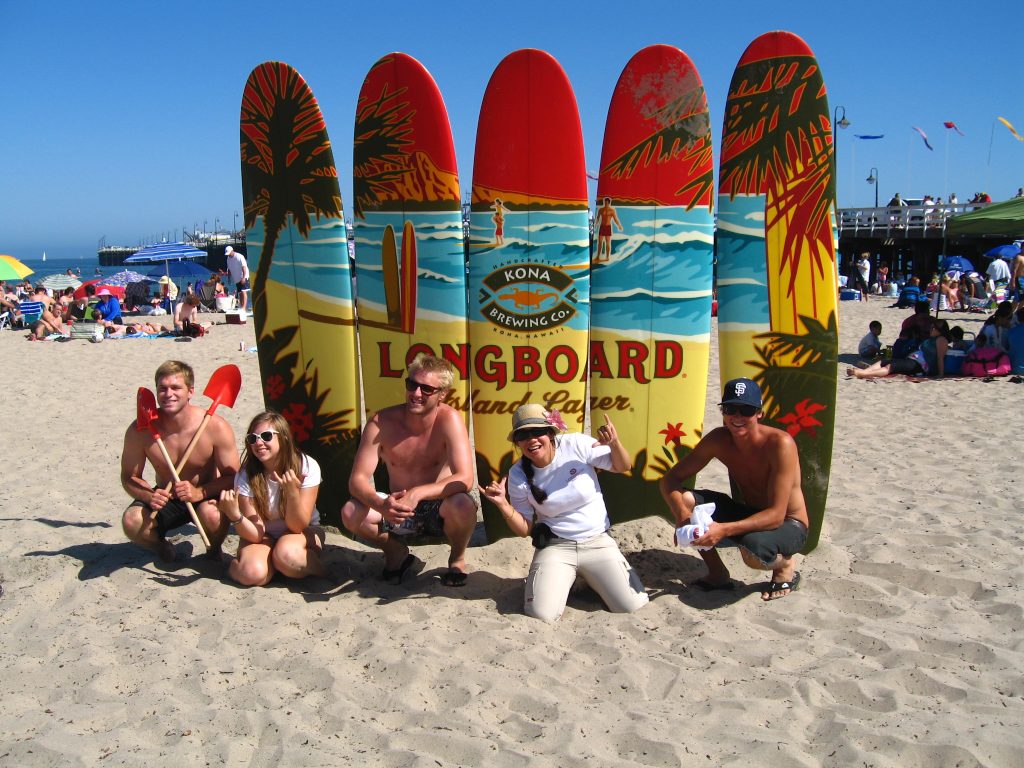
3. How Your Brand Will Translate Into Real Life?
Experiential marketing requires your brand to be the star of the show, not just a logo slapped on someone else’s concept.
Your brand identity needs to translate seamlessly into a physical, interactive environment. How can your brand’s personality be felt and not just seen? How does your brand voice sound when it’s coming through interactive installations instead of written copy? Research from the Ehrenberg-Bass Institute reveals that creative execution drives 47% of a marketing campaign’s return on investment. When innovative, creative concepts are paired with strategic audience targeting and smart media investment, an ordinary marketing campaign can evolve into a memorable, brand-shaping experience.
How can your brand values be demonstrated rather than just communicated? If sustainability is at the core of your brand, how can participants experience your commitment to the environment? If innovation drives your company, how can attendees interact with cutting-edge technology that reinforces this positioning?
The experience should feel like a natural extension of your brand, not like you’ve hired an event planner and asked them to make it “on-brand.” When someone leaves your activation, they should have a deeper understanding of who you are as a brand, not just what you sell.
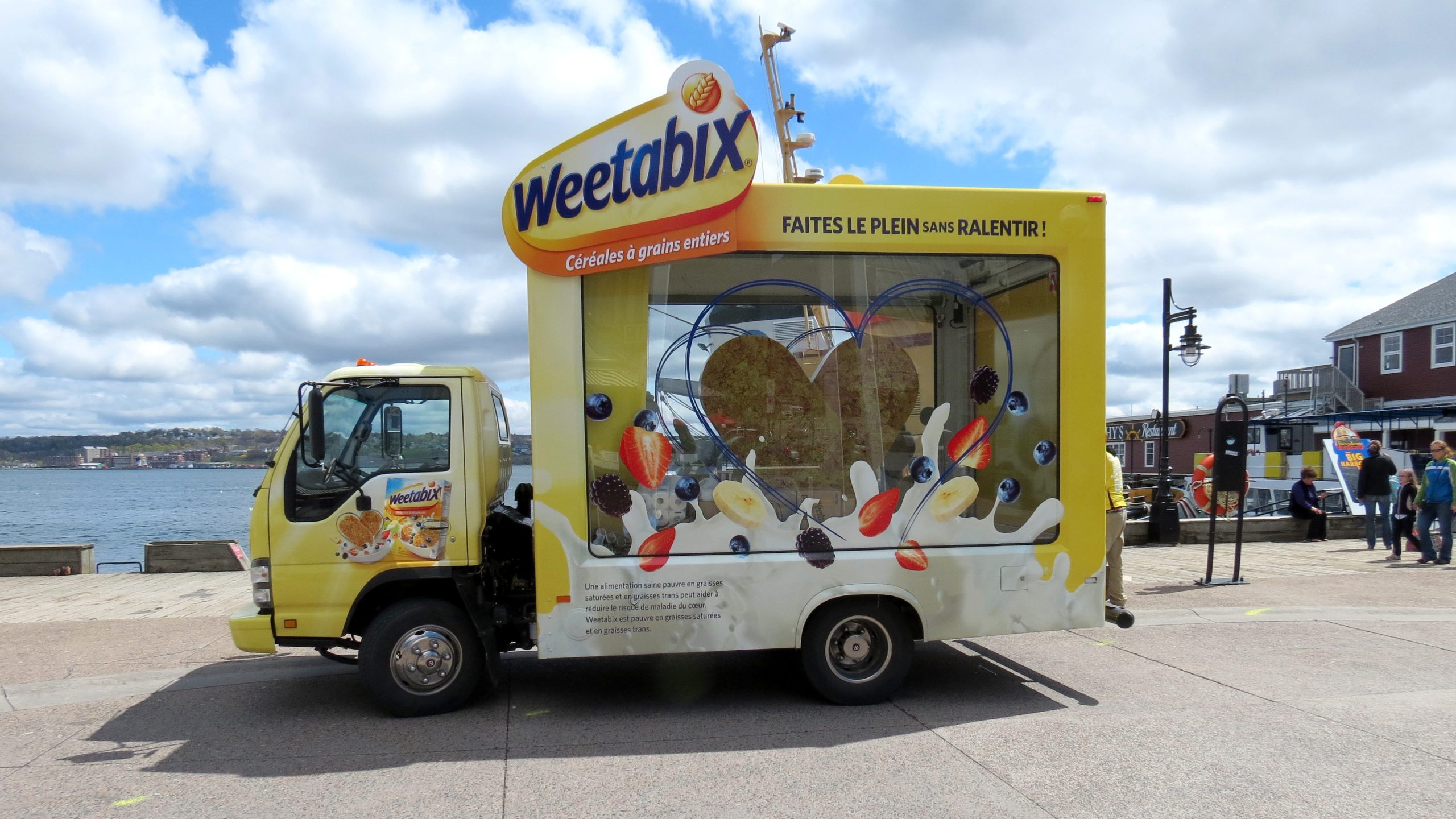
4. Do You Have a Budget for Experiential Marketing? (Spoiler: It’s Probably More Than You Think)
Let’s talk money. Experiential marketing isn’t exactly the dollar-menu option—but when done right, it’s worth every penny. A successful experiential campaign can require some high-ticket items such as custom builds, travel, technology integration, staffing, promotional materials, insurance, permits, and a dozen other things you probably haven’t thought of yet.
Then, don’t forget about the post-event analysis and content creation that turns your one-day activation into months of marketing material. You’ll also want to budget for contingencies, because Murphy’s Law applies double to live events.
As we like to say in the experiential world, imagination and budget are our only constraints. While budget can feel like a big factor, Experiential marketing doesn’t have to break the bank. The key is to match your concept to your budget, not the other way around. A perfectly executed small-scale activation will consistently outperform a poorly funded large-scale disaster.
5. Can You Craft Memorable Experiences? (Beyond Just “Fun Stuff”)
Here’s where the magic happens—or doesn’t. Psychology, storytelling, and sensory engagement: Creating truly memorable experiences requires a deep understanding of human psychology. It’s not enough to rent a cool space and hope people show up.
The best experiential marketing engages multiple senses simultaneously. Think beyond just visual impact—what will participants hear, touch, taste, or smell? Each sensory element should reinforce your brand message and contribute to the overall narrative.
Storytelling is crucial here. Your experience should have a beginning, middle, and end that takes participants on a journey. Whether they’re uncovering the story of your brand’s founding, exploring the craftsmanship behind your products, or envisioning their future with your services, there should be a clear narrative arc that creates emotional investment.
Gamification and interactive elements turn passive onlookers into active participants. When people have to jump in, solve something, or team up to get the full experience, they start to care—and that emotional buy-in sticks. Plus, these interactive moments naturally spark social shares and user-generated content, which is pure gold for marketing.

6. Are You Ready to Leverage Technology in Your Experiential Marketing? (Without Letting It Take Over)
Technology can elevate experiential marketing from memorable to absolutely mind-blowing—but it can also become an expensive distraction if not used strategically. The key is using technology to enhance the human experience, not replace it.
Here are some key technology options and how they can be integrated into your experiential campaigns:
- Augmented Reality (AR): Overlay digital content onto the real world through smartphones or tablets, allowing participants to visualize products in their own space, unlock hidden content by scanning physical objects, or create interactive photo opportunities with virtual elements
- Virtual Reality (VR): Transport participants to entirely new environments, let them experience your product in impossible scenarios (like test-driving a car on Mars), or provide immersive brand storytelling that wouldn’t be possible in the physical world
- Mobile Apps: Create personalized experiences with custom event apps that guide participants through activations, gamify the experience with challenges and rewards, collect user preferences for tailored content, and extend engagement beyond the event
- RFID Technology: Enable seamless, customized interactions throughout your activation with wearable devices that automatically personalize displays, track participant journeys, and eliminate friction in experience transitions
- Interactive Displays & Touchscreens: Provide hands-on product exploration, collect real-time feedback and preferences, create collaborative experiences where multiple users can engage simultaneously, and display dynamic content that responds to participant choices
- Projection Mapping: Transform any surface into a dynamic display, create immersive environments that respond to participant movement, and tell visual stories that integrate seamlessly with physical architecture
Social media integration isn’t optional—it’s essential. Your experience should be inherently shareable, with natural moments that participants will want to capture and share with others. However, don’t rely solely on people posting organically; instead, create specific social moments, branded hashtags, and incentives for sharing.
Data collection during events provides invaluable insights for refining future campaigns and gaining a deeper understanding of your audience. Just ensure that you’re transparent about data collection and deliver clear value in exchange for participants’ information.
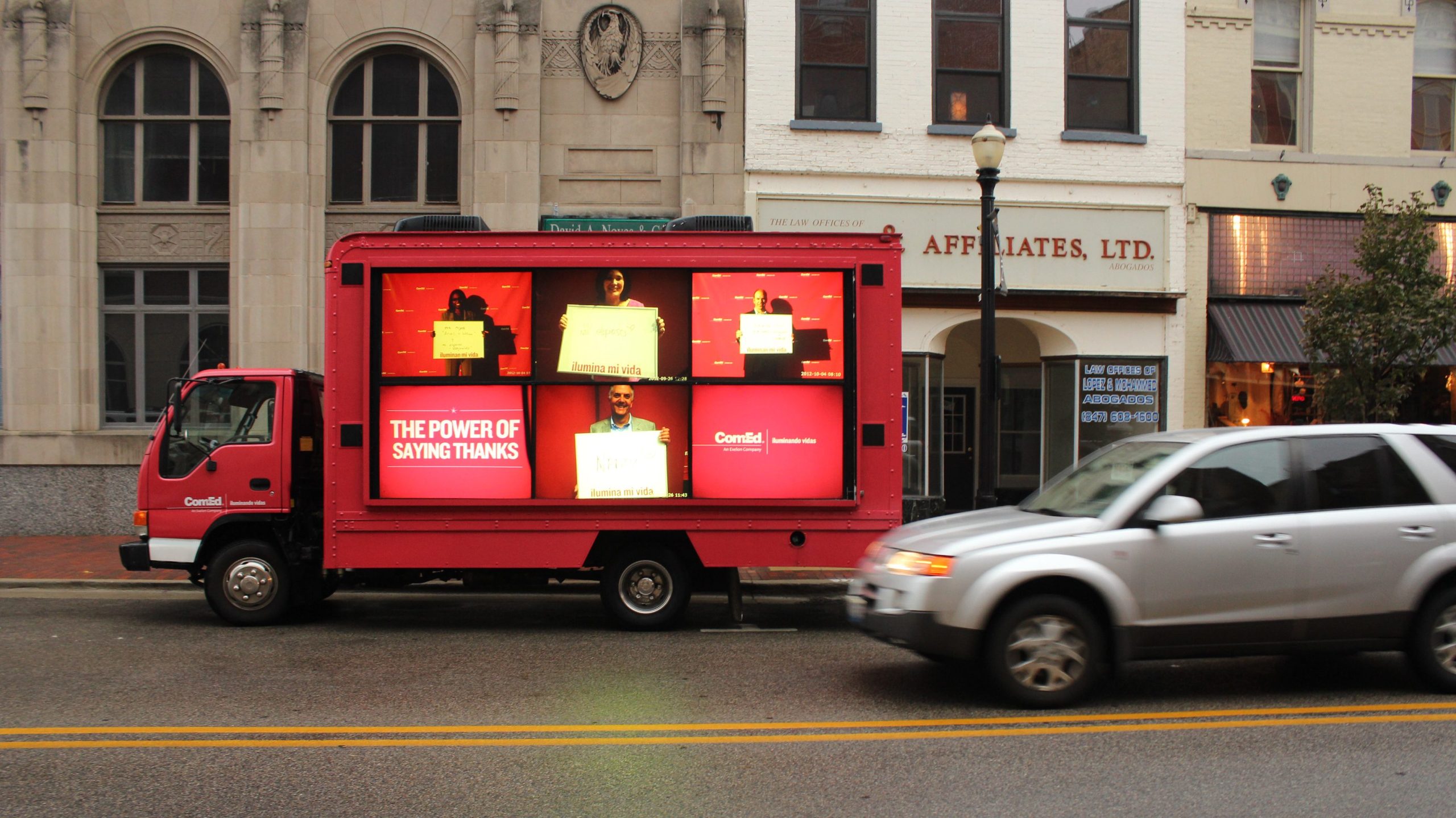
7. Do You Have a Plan for Measuring Experiential Marketing Success? (This Cannot Be an Afterthought)
This might be the most crucial section of this entire post, so pay attention: measurement planning should happen at the very beginning of your experiential marketing strategy, not at the end. If you wait until after your activation to figure out how you’ll measure success, you’ve already failed. Also, make sure you’re being REALISTIC about your expectations and measurement.. lean on your partners in this space to help guide you in a few key areas.
Develop multiple methods for measuring audience engagement, from classic tools like traditional surveys and social media metrics to more innovative approaches like heat mapping, dwell time analysis, and sentiment tracking. The goal is to understand not only how many people showed up but how deeply they engaged with your brand.
Don’t skip the good stuff—qualitative feedback matters. The stories people share, the emotions they walk away with, and the moments they remember can say way more than just numbers. Grab testimonials, chat with attendees afterward, and keep an eye on what they’re saying online to really get the full picture of your impact.
Most importantly, use these insights to optimize future experiential marketing efforts. Each activation should build on the learnings from the previous one, creating a continuous cycle of improvement and refinement to your brand experiences.
Ready to Take the Plunge?
Experiential marketing isn’t for every brand, and that’s okay. It requires significant resources, careful planning, flawless execution, and a willingness to put your brand personality on full display. But for brands that are truly ready, it offers unparalleled opportunities to create lasting connections with customers. The investment is worth it: 74% of Fortune 1000 marketers expect to increase experiential marketing spending in 2025, and 65% of brands report seeing direct sales results from their experiential campaigns.
If you’ve made it through these seven checkpoints and feel confident in each one—congrats! You’re well on your way to stepping into the world of experiential marketing with intention. And if you’ve spotted a few gaps? That’s totally okay too! This assessment isn’t just a checklist—it’s a starting point for getting your brand truly activation-ready.
Remember, it’s not about creating the biggest or flashiest experience. It’s about crafting something real—an encounter that leaves a lasting impression and deepens the bond between your brand and your audience. Sometimes that happens in a massive convention center with holographic displays, and sometimes it happens in a small pop-up space with handwritten notes and genuine human connections.
The question isn’t if experiential marketing works—it’s whether you’re ready to use it with purpose. With the right prep, you won’t just make noise—you’ll make meaning. And that’s what moves people.
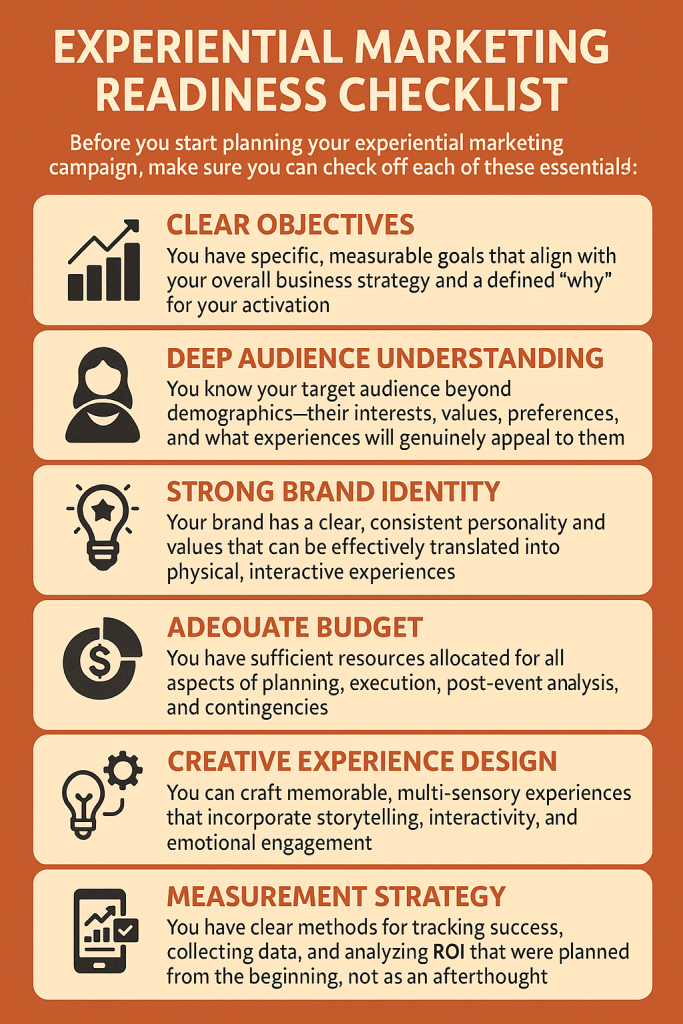
Experiential Marketing Readiness Checklist
Before you start planning your experiential marketing campaign, make sure you can check off each of these essentials:
- Clear Objectives: You have specific, measurable goals that align with your overall business strategy and a defined “why” for your activation
- Deep Audience Understanding: You know your target audience beyond demographics—their interests, values, preferences, and what experiences will genuinely appeal to them
- Strong Brand Identity: Your brand has a clear, consistent personality and values that can be effectively translated into physical, interactive experiences
- Adequate Budget: You have sufficient resources allocated for all aspects of planning, execution, post-event analysis, and contingencies
- Creative Experience Design: You can craft memorable, multi-sensory experiences that incorporate storytelling, interactivity, and emotional engagement
- Technology Integration: You have a strategic plan for using technology to enhance (not replace) human connections and extend engagement
- Measurement Strategy: You have clear methods for tracking success, collecting data, and analyzing ROI that were planned from the beginning, not as an afterthought
If you can confidently check all seven boxes, your brand is ready to create experiential magic. If not, use this as your roadmap to get there!
How to Get Started With An Experiential Marketing Campaign:
Experiential marketing is more than just a buzzword—it’s a transformative approach that invites your audience to truly live your brand story. By creating immersive, memorable experiences, brands can forge deeper emotional connections, boost loyalty, and inspire authentic word-of-mouth. But success requires more than flashy activations; it demands clear objectives, a nuanced understanding of your audience, strong brand identity, thoughtful budgeting, creative experience design, strategic technology use, and robust measurement from the outset. Whether you’re ready to leap into experiential marketing or just starting to explore, these essentials will ensure your brand’s next move is both meaningful and impactful.
Ready to find out if your brand is truly prepared for experiential marketing? Download our Experiential Marketing Guide and take the first step toward creating brand experiences that resonate, inspire, and drive real results. Let’s make your next campaign unforgettable—contact us today to start planning your brand’s experiential journey.

